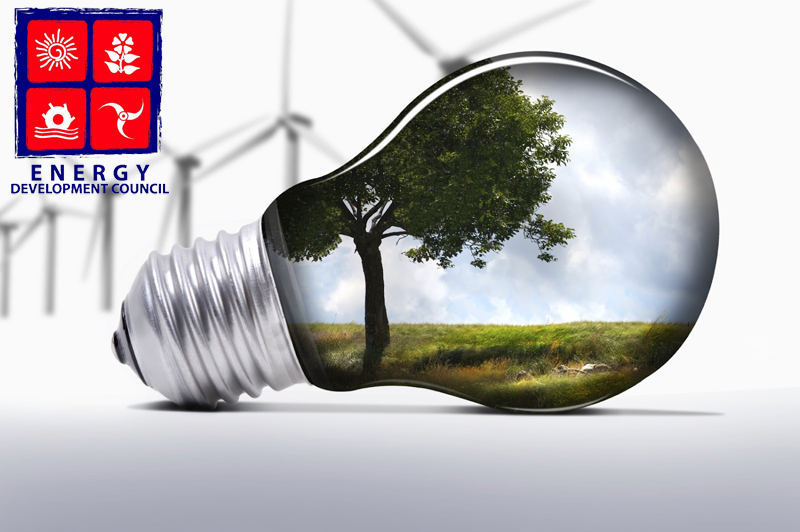Impact of climate change on energy sector
Nepal cannot afford to delay diversifying its energy portfolio
Kathmandu
Both demand and supply should be taken into account when analysing the impact of climate change particularly on the energy sector. The electricity demand of buyers should be balanced on real-time basis. Climate change affects weather; it will affect consumer demand for electricity, which, in turn, will shape energy supply.
Major weather events are directly related to power disruptions and outages, with damage to utility and customer equipment alike, in addition to economic opportunity costs. Low temperatures can increase icing on overhead power lines and nearby trees. High temperatures cause metal to expand, increasing power-line sag. In the global scenario what is seen is that higher temperatures result in decreased efficiency in combustion turbines that are primarily used to generate electricity.
Nepal is considered one of the 15 countries which is the most vulnerable to the impact of climate change. Hydroelectric plants are highly dependent on predictable runoff patterns. Therefore, increase in climate variability brings change in the frequency and intensity of flooding and droughts affecting the hydroelectric sector. So flood frequency analysis, run off patterns must be studied in the initial stage of the project. Recent events raise serious questions for the country whose economy and energy policy is mainly dependent on hydropower. So to resolve such problems care and attention has to be taken in several things.
The modern plants, many constructed in just the last few years, have been unable to withstand disasters that are not the worst Nepal has been expecting. In coming days new methods and techniques are to be given high priority. Adequate attention to the location of the sites where these plants are being built and factoring in vulnerabilities must be done. The changes in landscapes and eco-systems and calamities like landslides and earthquakes is putting our hydro projects at greater risks. As mitigation measure areas prone to landslides are afforested. It is clear that Nepal cannot afford to delay diversifying its energy portfolio and the process must involve devolution of its energy production, distribution to community and municipal levels.
A perennial issue in the energy sector concerns the true cost of electricity. This includes direct and indirect subsidies, and environmental externalities, distorted prices. When true costs are not accurately reflected in price, production, consumption is inefficient. The government should focus more attention on subsidising the development of clean energy sources, along with research and education in such areas as energy efficiency and ‘smart grid’ applications. Federal regulators have promoted investment in and modernisation of the high-voltage transmission grid, in part to accommodate power generation from renewable resources.
Demand-side policies for the sector are focused on reducing energy load through end-use efficiency (load reduction) as well as shifting load to off-peak periods for more efficient utilisation of power plant capacity (thus avoiding or postponing the need for extra capacity to meet peak demand and associated capital and operating costs).
The author is an Executive Chairperson of Shiva Shree Hydropower Co Ltd, an EDC member organisation. Reach them at: www. fb.com/edcnepal.org






